On top of its geosites, food is another appealing aspect of the Geopark Villuercas-Ibores-Jara. The famous Spanish tapas and innovative recipes, which make our mouth water anywhere and at any time, are savored much more intensively in this heaven of peace and tranquility. In addition, this region is also renowned for providing some of the best products and ingredients to the culinary Spanish tradition. As food really matters in Villuercas Geopark, I recommend a route which combines food and learning in this post.
![IMG_2631[1]](https://mygeopark.files.wordpress.com/2018/05/img_26311.jpg?w=1200)
Our first stop is the Cooperative Santa Catalina in Alía, a local olive oil industry which produces the distinctive variety “Virgen Extra” from the ancient olive trees surrounding the village. It is advisable to arrange a visit (+34 927 36 60 68 – coopsantacatalina@gmail.com) to taste its excellent range olive oil.
Thanks to the touristic push of the Geopark, this agricultural cooperative has reshaped its business model from distributing the production exclusively among their members to launch the new brand “Villalia” and export part of the production. Moreover, It joined the Geofood project leading by the norwegian Magma Geopark.
The company´s international sales are focused mainly in China.
After testing that wonderful and healthy olive oil in Alía, it is time to check how it is used for cooking. One of the best place to do that is the Parador of Guadalupe. Villalia is among the vital ingredients used by chef Francisco Moreno. He considers that cooking with local products and raw materials from the Geopark as olive oil, honey, cheese and meat is superb”.

The menu we had consisted of one small bottle of gazpacho, one smoked salmon toast with blackberries, two pieces of black pudding, one glass with Spanish potato salad and another glass filled with strawberry paté for starter. The main course was Iberian carpaccio dressed with the olive oil Villalia we already tested before in Alía. Its mixture of flavours was out of this world! Simply delicious!
By the way, we enjoyed this meal of kings at the cozy inner courtyard full of oranges trees of the Parador de Guadalupe.

![IMG_2629[1] IMG_2629[1]](https://mygeopark.files.wordpress.com/2018/05/img_26291.jpg?w=797&resize=797%2C531&h=531#038;h=531)
![IMG_2633[2] IMG_2633[2]](https://mygeopark.files.wordpress.com/2018/05/img_26332.jpg?w=395&resize=395%2C264&h=264#038;h=264)
![IMG_2634[1] IMG_2634[1]](https://mygeopark.files.wordpress.com/2018/05/img_26341.jpg?w=395&resize=395%2C263&h=263#038;h=263)
![IMG_2630[1] IMG_2630[1]](https://mygeopark.files.wordpress.com/2018/05/img_26301.jpg?w=1196&resize=1196%2C797&h=797#038;h=797)
![IMG_2637[1] Vegetable stew from the Villuercas Geopark](https://mygeopark.files.wordpress.com/2018/05/img_26371.jpg?w=812&resize=812%2C542&h=542#038;h=542)

![IMG_2580[1] Olive oil from the Geopark and advert of the 9th European Geopark week](https://mygeopark.files.wordpress.com/2018/05/img_25801.jpg?w=380&resize=380%2C285&h=285#038;h=285)

![IMG_2370[1]](https://mygeopark.files.wordpress.com/2018/05/img_23701.jpg?w=1200)
![IMG_2261[1]](https://mygeopark.files.wordpress.com/2018/05/img_22611.jpg?w=1200)
![IMG_2361[1] IMG_2361[1]](https://mygeopark.files.wordpress.com/2018/05/img_23611.jpg?w=797&resize=797%2C531&h=531#038;h=531)
![IMG_2342[1] IMG_2342[1]](https://mygeopark.files.wordpress.com/2018/05/img_23421.jpg?w=395&resize=395%2C264&h=264#038;h=264)
![IMG_2348[2] IMG_2348[2]](https://mygeopark.files.wordpress.com/2018/05/img_23482.jpg?w=395&resize=395%2C263&h=263#038;h=263)
![GDHS7597[1] GDHS7597[1]](https://mygeopark.files.wordpress.com/2018/05/gdhs75971.jpg?w=1196&resize=1196%2C897&h=897#038;h=897)

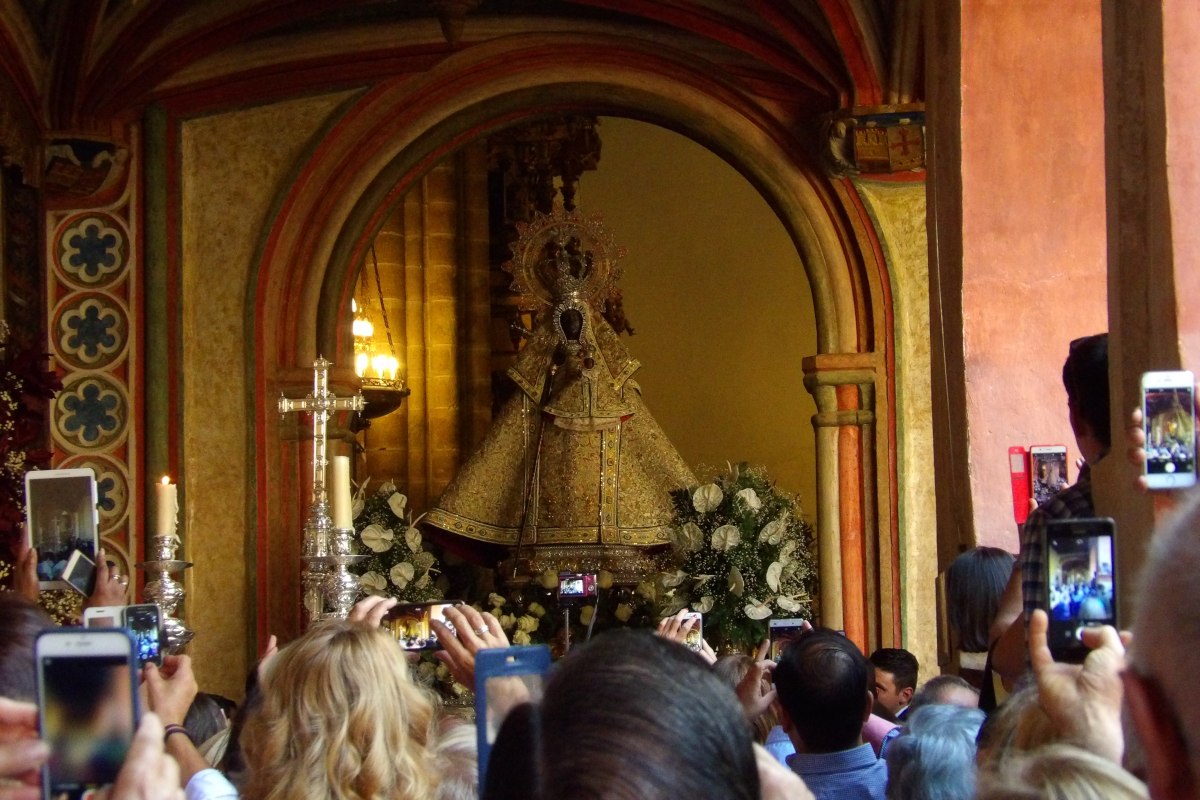



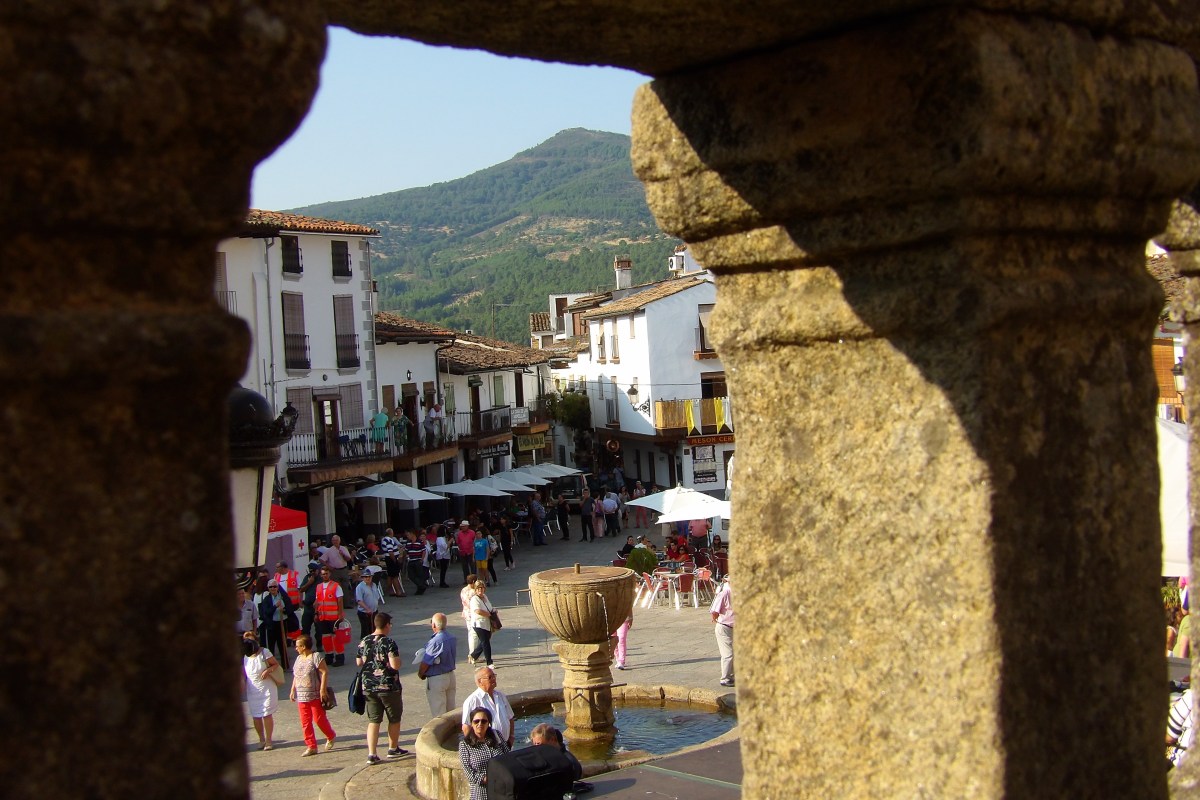
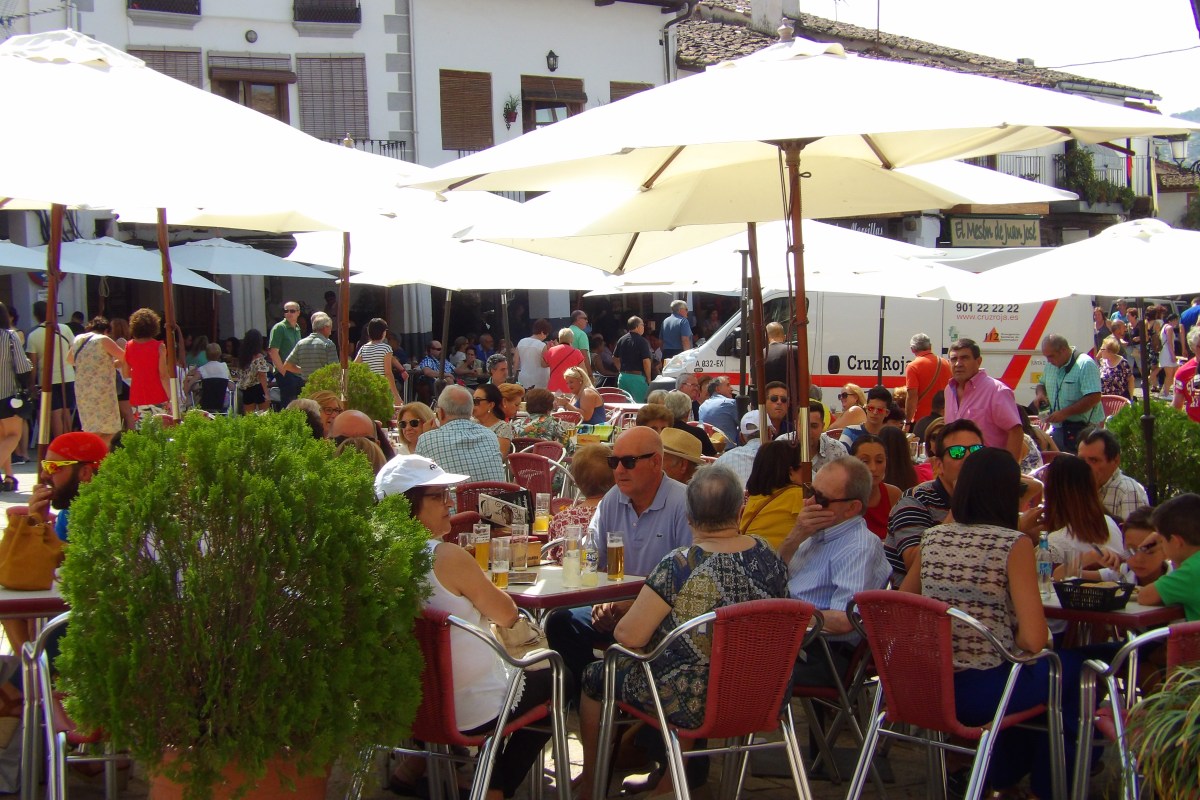
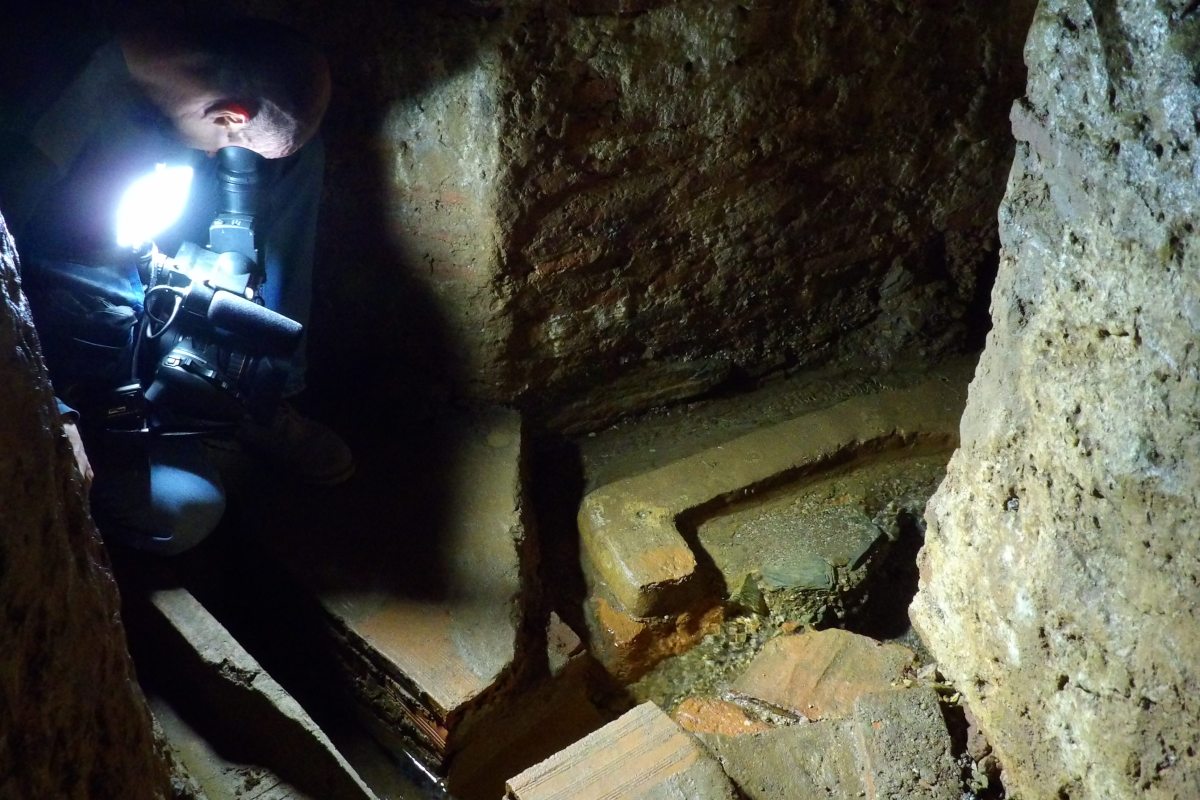
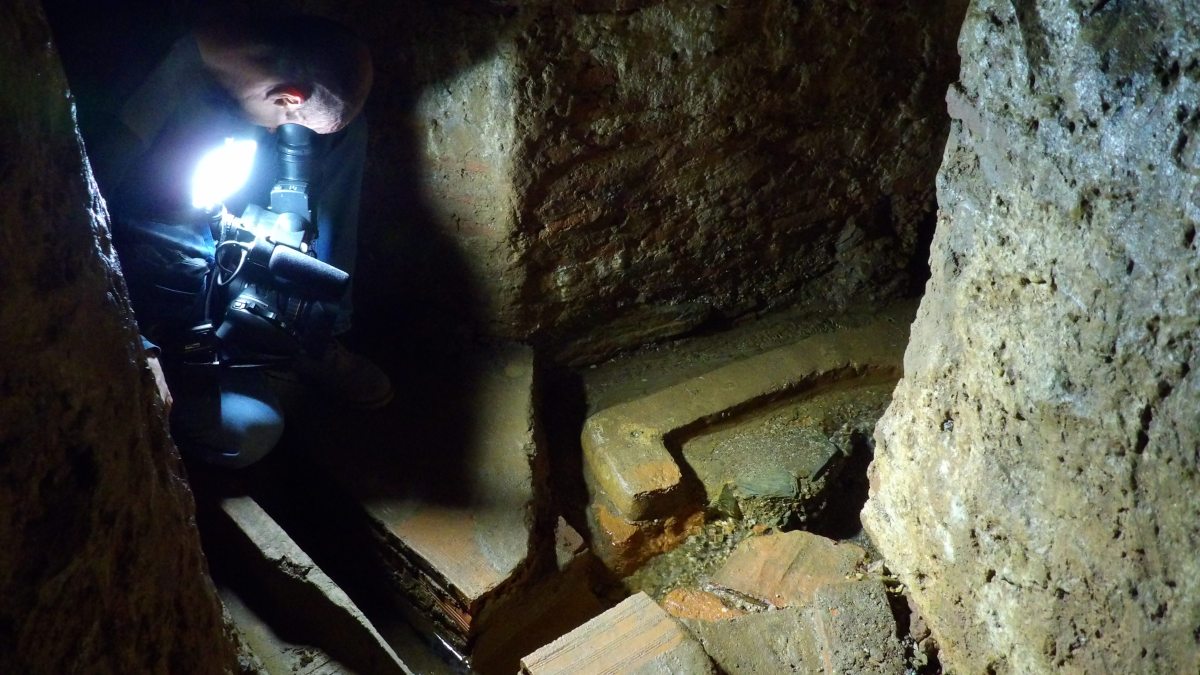
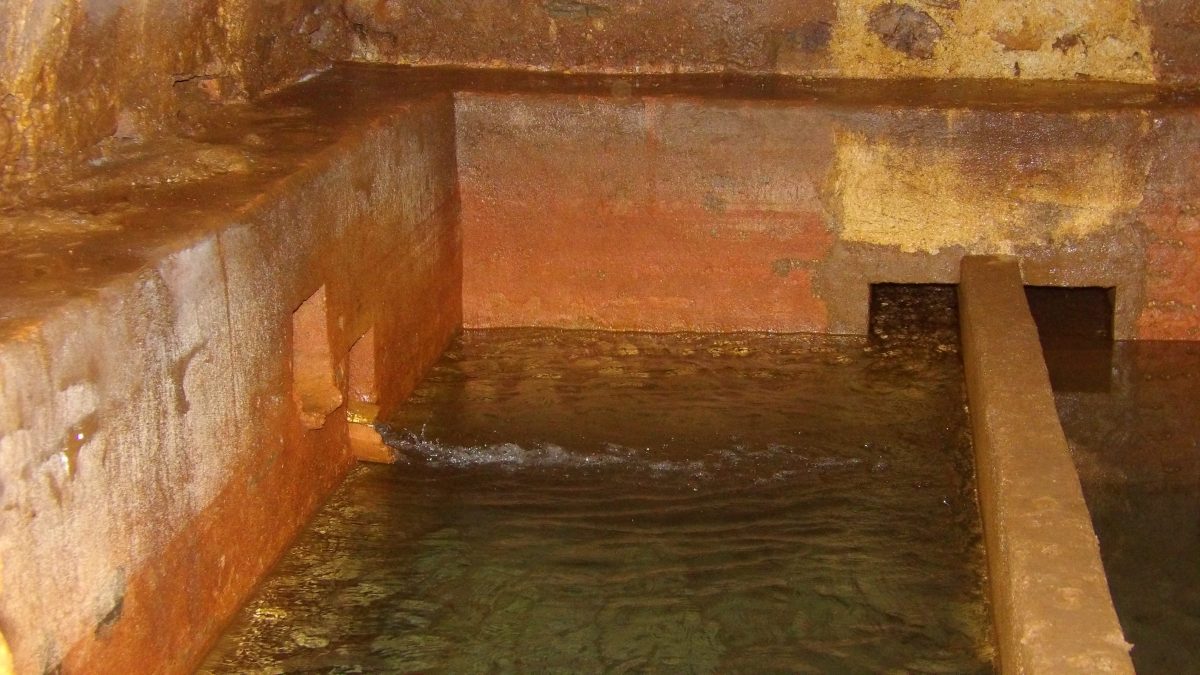

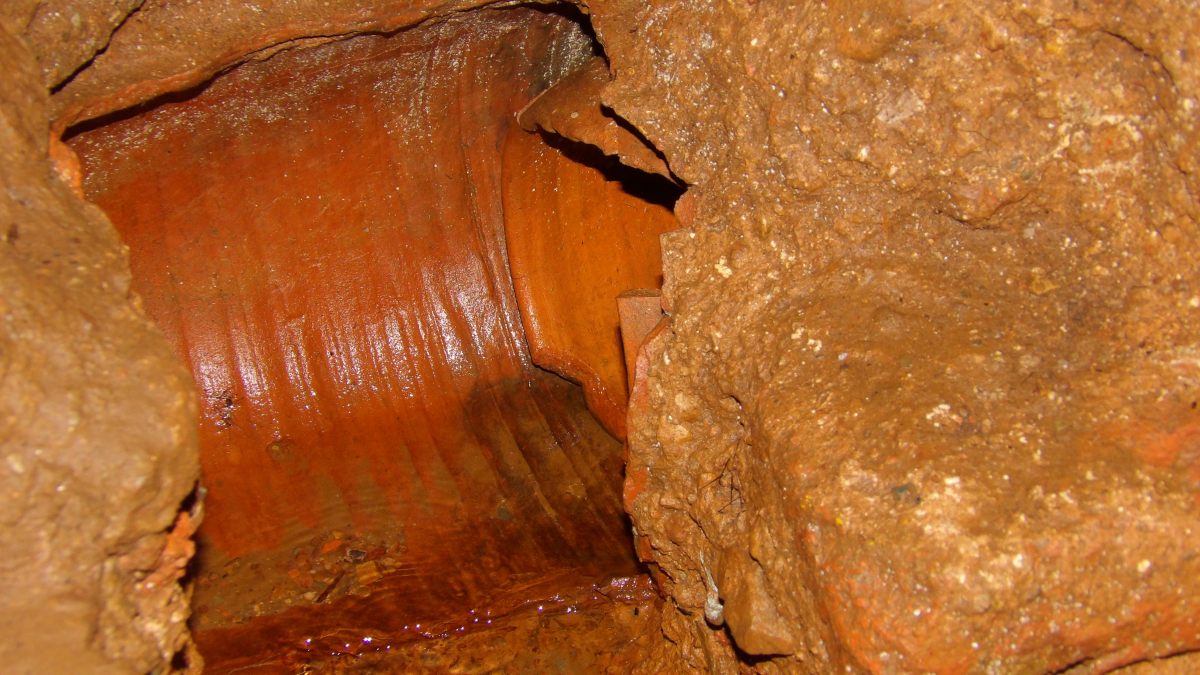
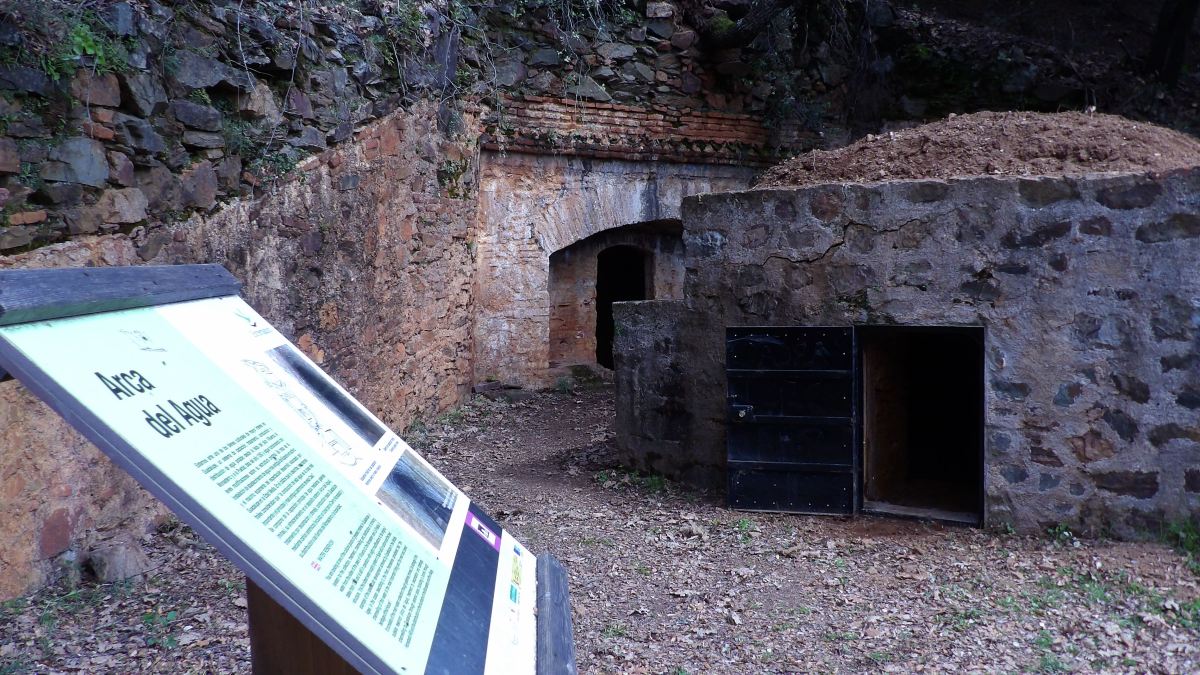

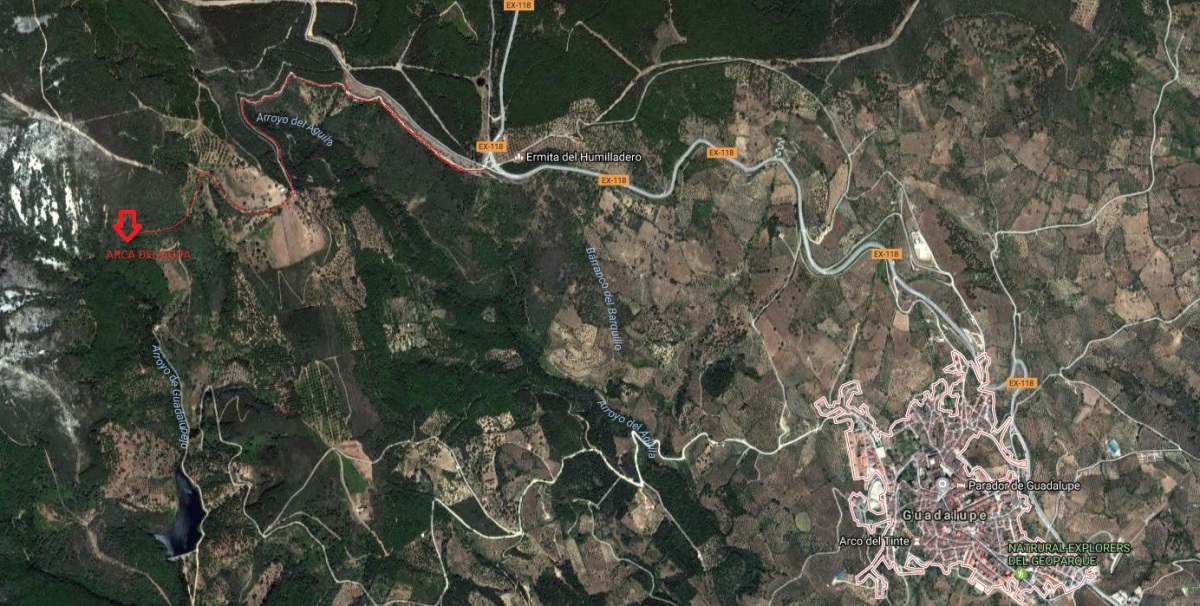

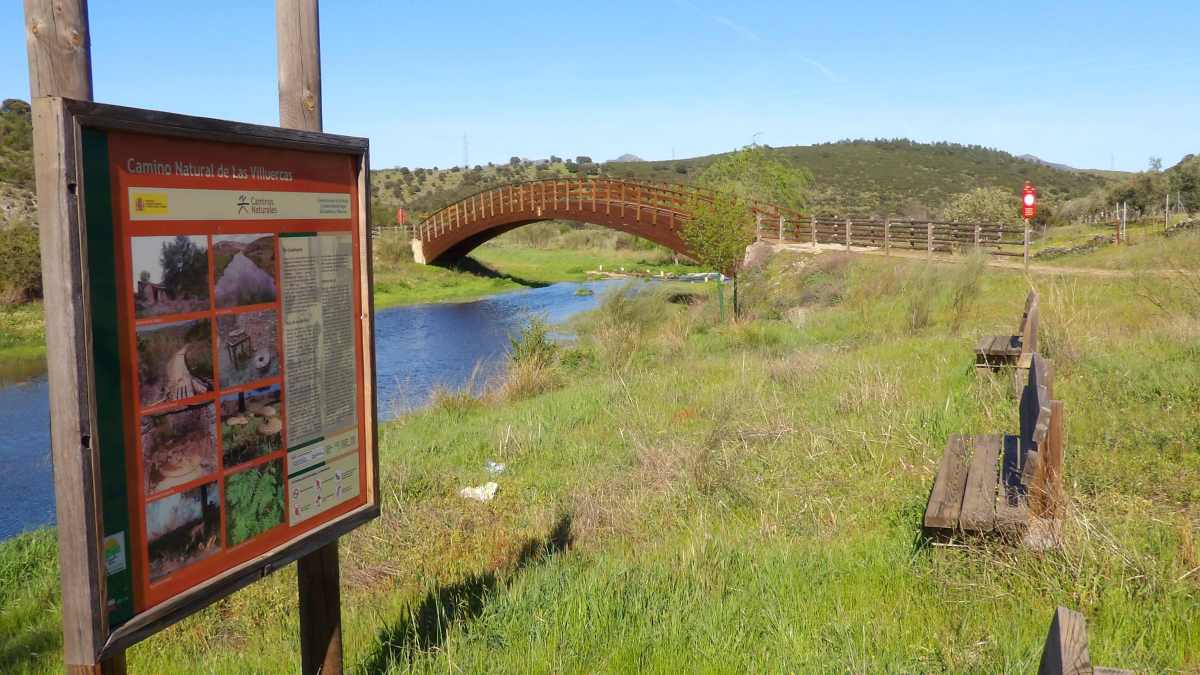
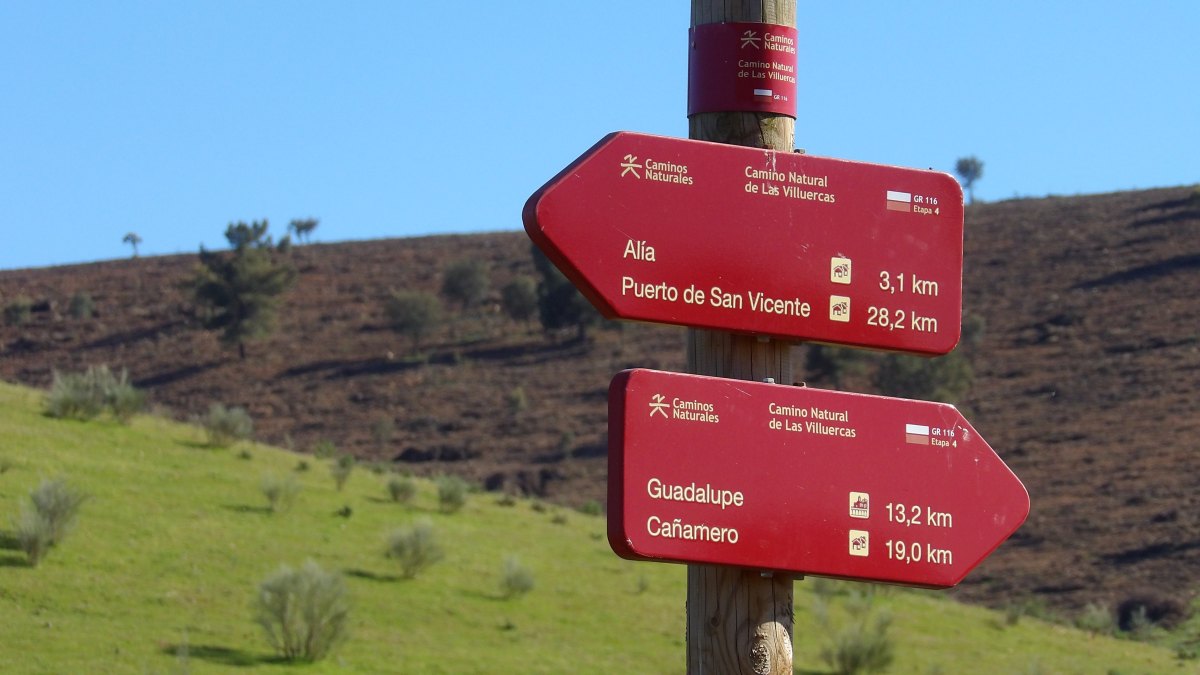









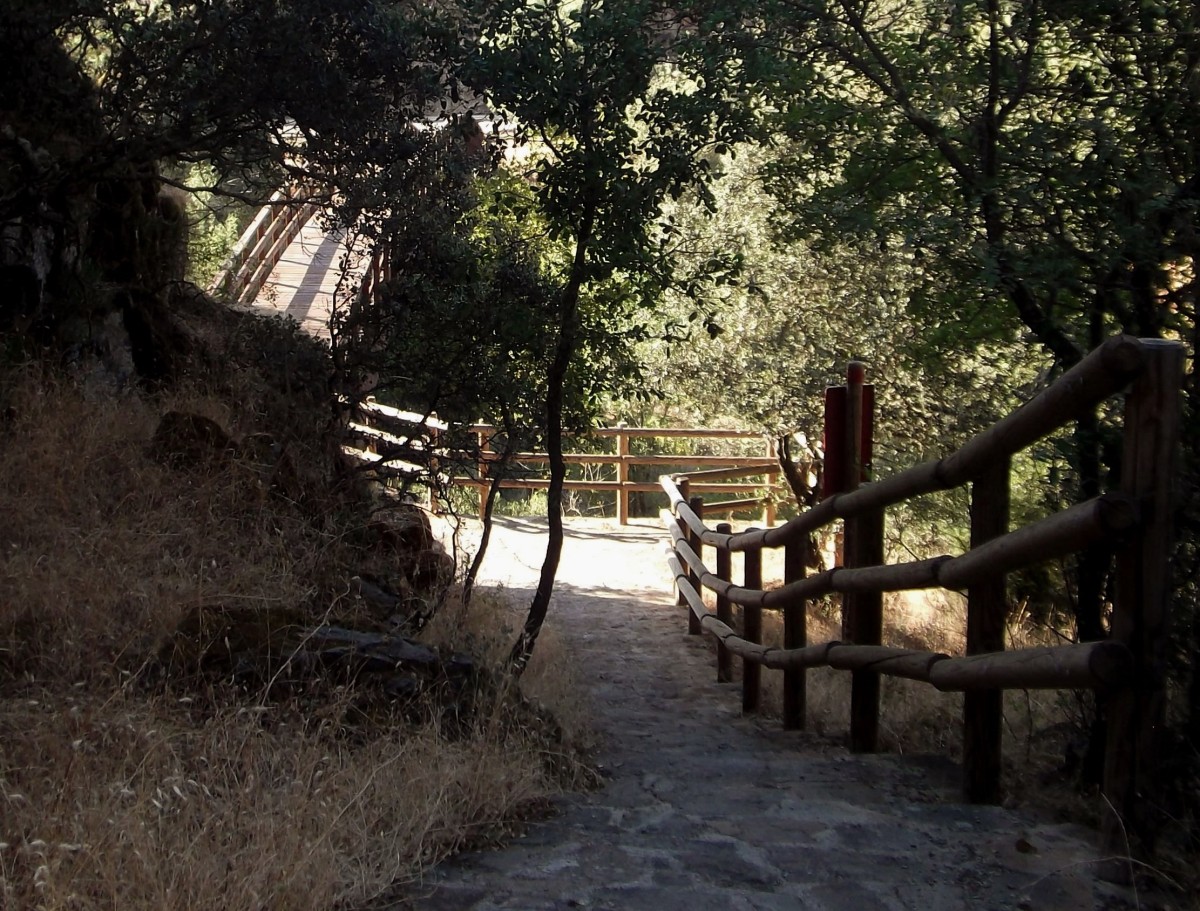
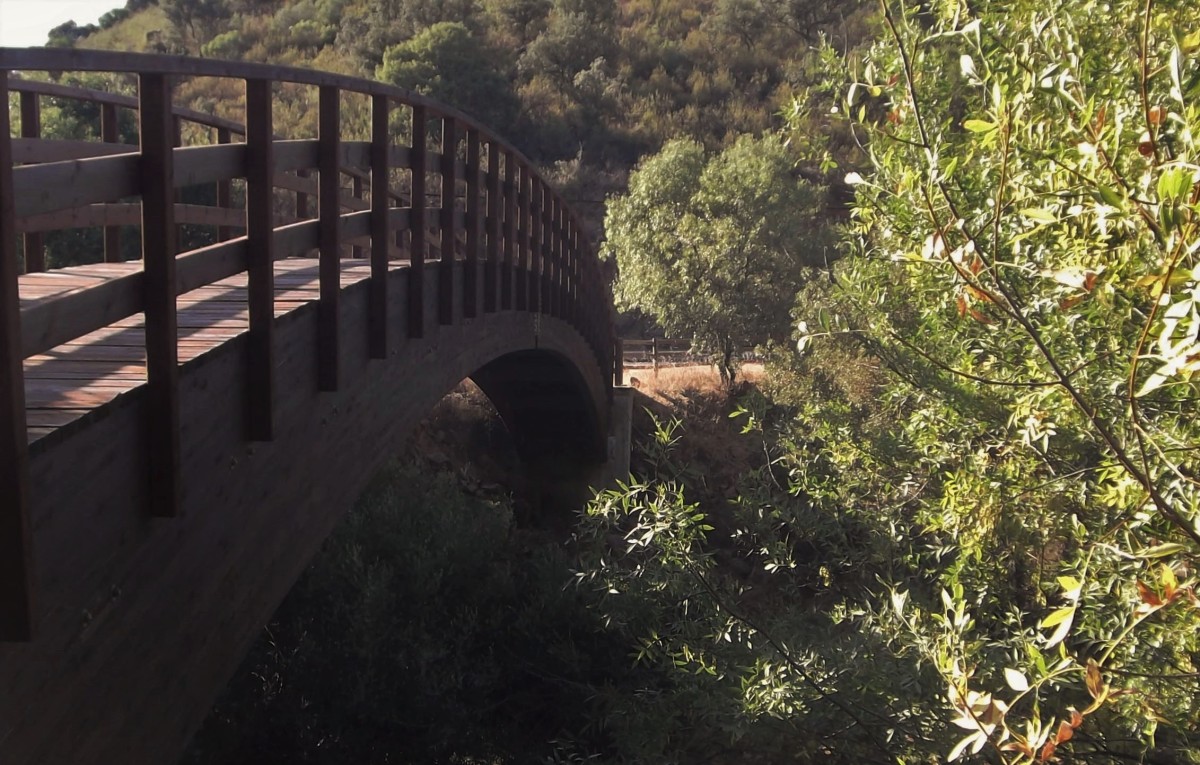
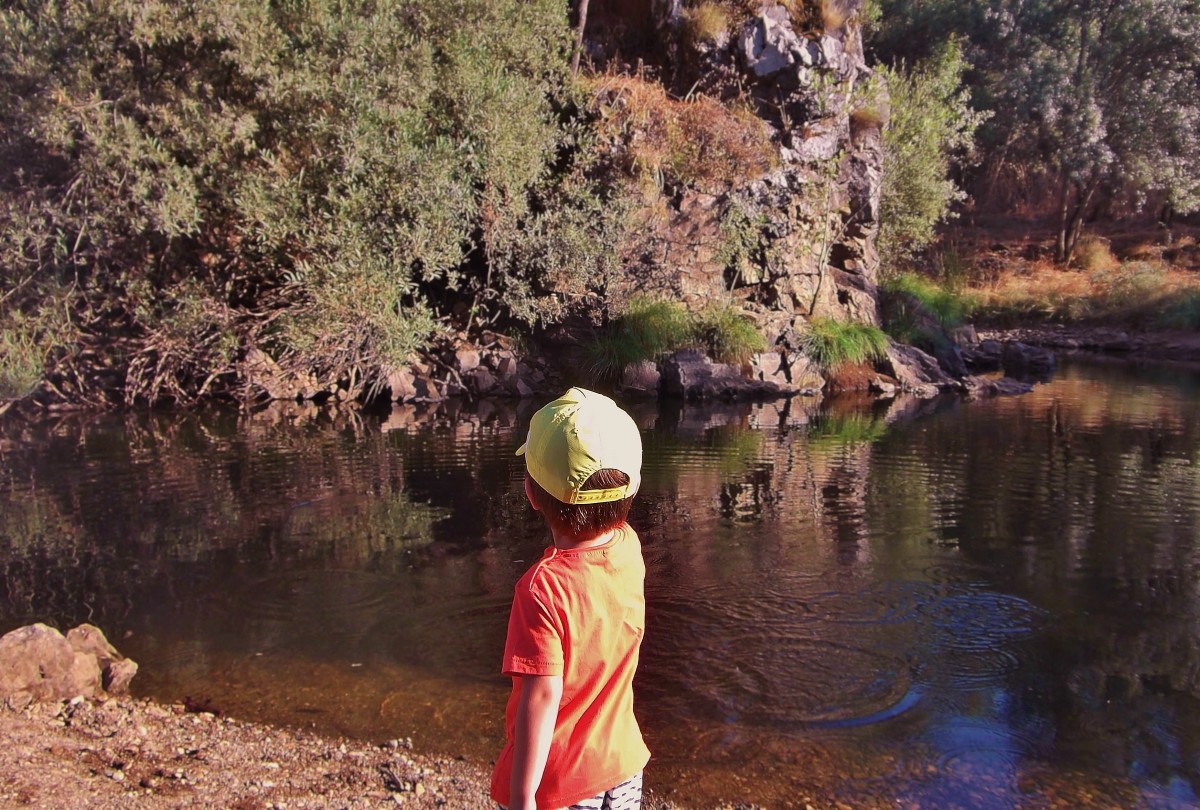












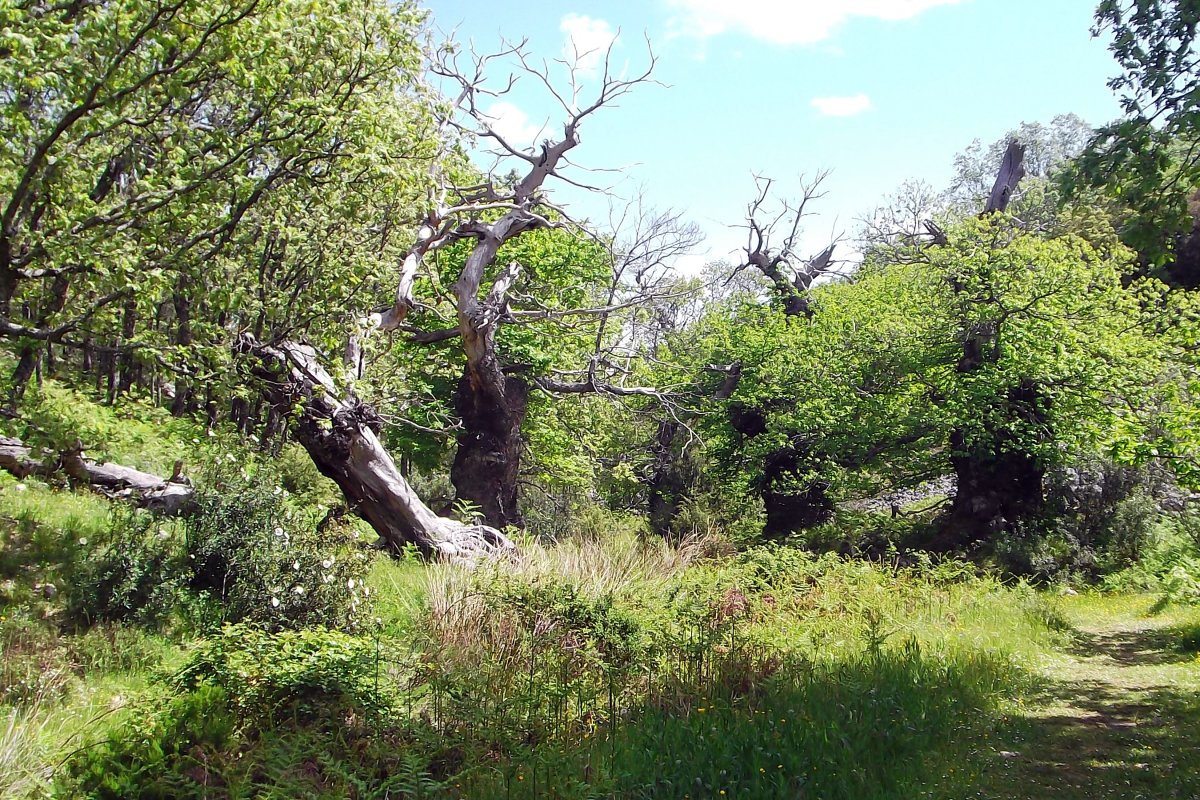
You must be logged in to post a comment.